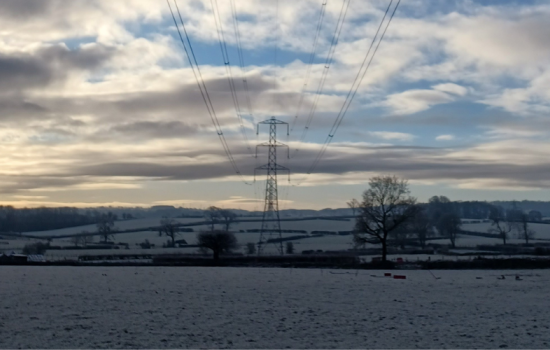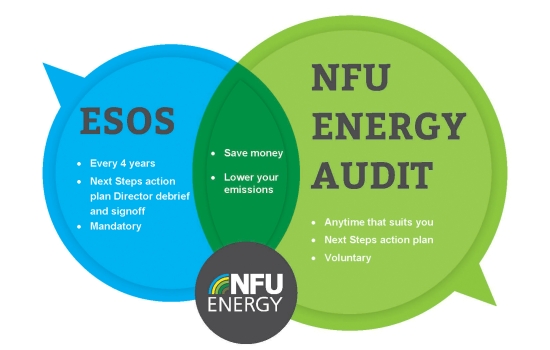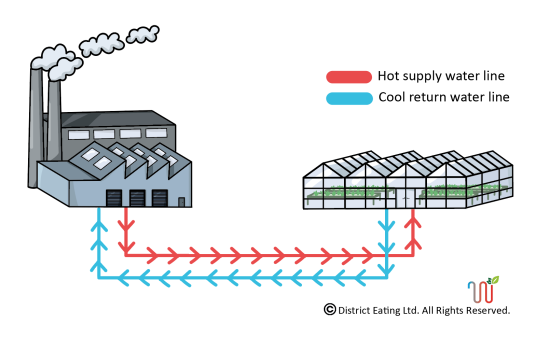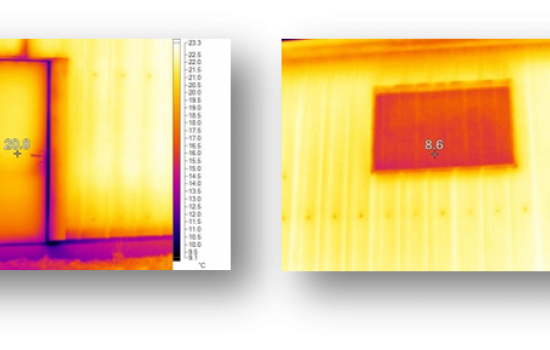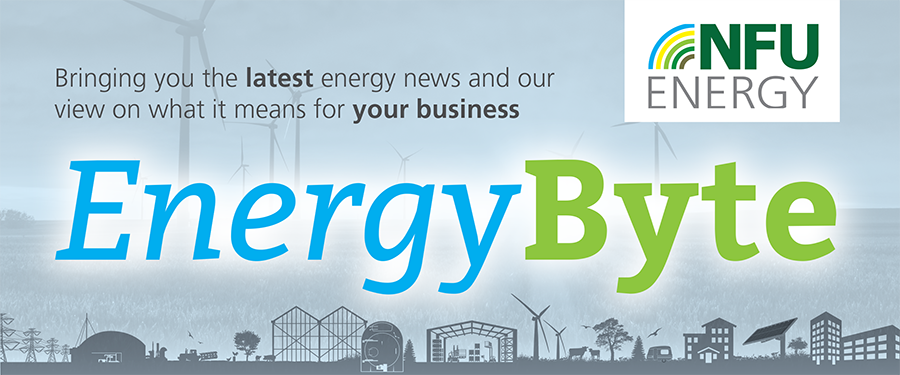How it works
We offer a complementary eligibility check to help you determine the best course of action. We can then negotiate with your DNO on your behalf, ensuring that the work aligns with your legal rights. Even if your DNO has provided a quotation for the work – which can often be significant, sometimes amounting to tens of thousands of pounds – we may be able to substantially reduce the cost. However, it's important to understand the distinctions between wayleaves and easements.
Wayleaves:
A wayleave is a contractual agreement typically for a fixed term or an ongoing annual arrangement that can be terminated. Unlike easements, wayleaves are not registered against the property and do not bind future owners.
Easements:
In cases where a permanent right is required by the electricity company, they may request an easement. Entering into an easement usually involves a more substantial lump sum payment to the landowner.
How you benefit
- Minimise the expenses associated with relocating a utility asset. Our team and partners possess extensive knowledge of the regulations surrounding wayleaves and easements, allowing us to negotiate favourable terms for landowners.
- Save time and effort by following the correct procedures and expedite the process as much as possible.
- Maximise the utilisation of your land and property assets.
What to do next
Call 024 7669 6512 or email sales@nfuenergy.co.uk. Read our blog to get critical information about what you need to know if you are considering moving a pole and for more up-to-date about how wayleaves and easements work.






